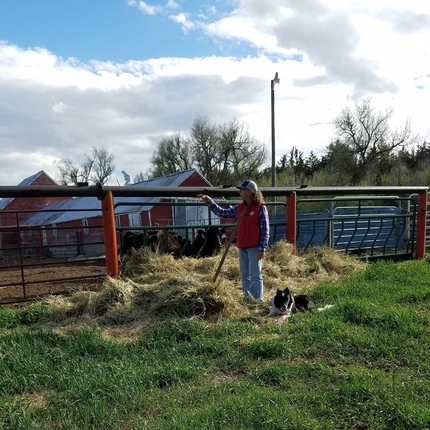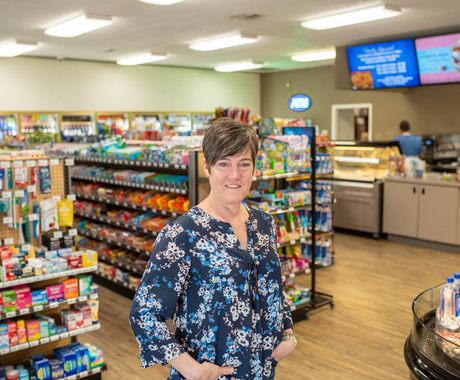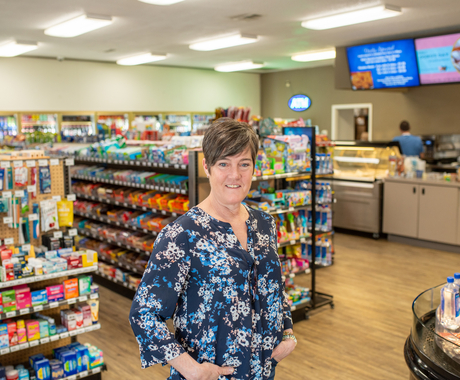Agriculturists are no strangers to challenging times. Be it floods or droughts, labor or labeling, farmers and ranchers face fresh battles daily, and they become masters of adapting as they ride out the rapids.
As the coronavirus continues to spread and disrupt many societal functions, life on area farms and ranches does not skip a beat. When you’re in the business of caring for plants and livestock, especially this time of year, your daily routine must carry on despite volatile times. For many, it’s calving season. For others, seeds will soon be on their way into the ground. These essential farm tasks, and a multitude of others, are what the rest of the year, and, much of the world, depend on.
There are also the comforts that come with staying busy and productive in a time of increased stress. Speaking with my mother, Deb Frank, who plays a key role in my family’s cow-calf operation, she explained that while some years she “dreads the unrelenting marathon” of calving season, this year she’s “looking for good reasons to keep my mind off the virus and the ever-swirling cycle of bad news.”
Ranchers know that focusing on the current task at hand doesn’t mean the crisis will be averted, but it does keep the wheels on the track.
“I understand the importance of being aware of the virus and its many ramifications, but I grow weary of obsessing about it,” she said.
My parents’ incredible ability to adapt and endure gives me hope in all times, especially now.
For all producers, this is as good a time as ever to dial in their systems, think about long-term strategizing, focus on making good decisions daily, and employ human creativity in full force. We are amidst the unsettling time of not knowing when or to what extent the full effects of COVID-19 will bring to supply chains. That uncertainty has brought understandable stress to all sectors of ag (and every industry), and while it is a wrenching waiting game, we must stay on our toes.
Producers who have added direct sales to their business model have seen increased interest from consumers concerned about a stable food supply. Products that have been taken for granted to be fully stocked 24/7/365 on grocery store shelves are suddenly being given more consideration. While I hesitate to talk “silver linings” when so many of us are facing very real struggles, the fact that many people are developing more concern and interest in where their food comes from might ultimately be a turning point.
Farmers who have had annual income from selling produce, meat, eggs, and other food items to schools must now scramble to replace that income while schools have closed their doors. Same goes for many restaurant sales. Consumers want to help their neighbors, as well as feed their own families, and are stepping up to invest their dollars into the local food economy. This is a time for trust and transparency; farmers can connect with and educate consumers about their food safety practices and ultimately create new relationships and stronger links in the food chain.
There are many ways to find local producers. In our home state, Buy Fresh Buy Local Nebraska publishes a food guide, available online as well as in print, showcasing their member farmers and the options these producers have for you to find their items. Many offer online ordering and subscription options, and are expanding their pickup and delivery choices for consumers. Buy Fresh Buy Local has reported twice the amount of usual traffic on their website in the last two weeks, going to show the real concern and action folks are taking. Keep an eye out for additional resources from the Center for Rural Affairs, Nebraska Food Council, University of Nebraska-Lincoln Extension, and others.
We’re also seeing an increased interest from many people wanting to learn to grow their own food. Some parents are starting seeds at home with their kids for the first time. Many individuals and families are scaling up their backyard food production, and looking for a local producer they can count on to stock their freezer, too. Awareness of our food systems, care for producers of all types, and concern for food safety are taking a deserving spot higher on priority lists.
Now may be too early to predict exactly how supply and demand and the domestic and international markets will shift in the coming months, but what is known is that around the world, society depends on food, feed, and fuel. And, producers are not slowing down; they can’t. They’ll stay the course, and we must commit to supporting them.




